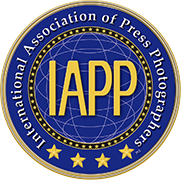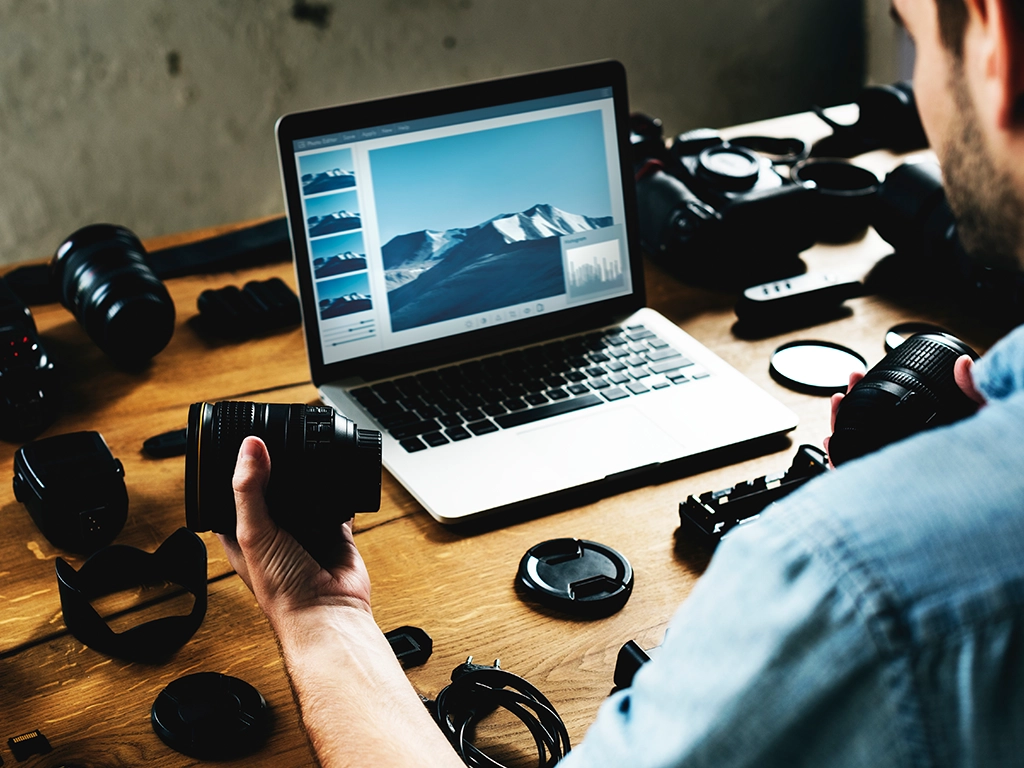As a member of the International Association of Press Photographers (IAPP), it is crucial to have the right tools to produce high-quality work and remain competitive in the ever-evolving field of journalism. Here are some key tools that every IAPP journalist should consider:
1. Professional camera equipment
- Cameras: High-quality DSLR or mirrorless cameras are fundamental for photojournalists. Some of the most popular options include the Canon EOS and Nikon D-series for still photography, while Sony and Panasonic offer excellent video options.
- Lenses: A range of lenses, from wide-angle to telephoto, is required to capture different perspectives, whether it’s a landscape or a close-up portrait. A 24-70mm zoom lens is a versatile tool for most tasks, while an 85mm or 50mm prime lens works well for portraits.
- Tripods: Stability is essential, especially for long exposures or video recordings. Portable and rugged tripods allow you to capture clear, steady images in all conditions.
2. Audio and video recording devices
- Microphones: If you’re working with video or conducting interviews, a high-quality microphone is essential. Lavalier microphones for interviews, shotgun microphones for recording directional sound, and handheld microphones for versatility are useful depending on the situation.
- Video cameras: For video journalists, you can use a dedicated 4K video camera such as the Panasonic GH5 or Sony A7 series to capture broadcast-quality footage. Portable video rigs and gimbals provide stability and smooth motion recording.
- Audio recorders: Portable digital audio recorders such as the Zoom H4n or H6 provide high-quality audio recording for interviews and soundscapes that are critical for radio journalism or video production.
3. Editing Software
- Photo editing: Adobe Lightroom and Photoshop are industry standards for editing and retouching photos that allow you to adjust exposure, color balance, and composition. For faster editing, platforms like Capture One and Luminar also offer robust features.
- Video editing: For video content, Adobe Premiere Pro, Final Cut Pro, or DaVinci Resolve are indispensable tools. They offer powerful editing features for creating professional-quality videos, from cropping footage to adding effects and color correction.
- Audio editing: Audacity is a free and simple option for basic audio editing, while Adobe Audition or Avid Pro Tools offer advanced features for cleaning up sound and producing podcasts or multimedia content.
4. Digital storage and backup solutions
- External hard drives: To ensure that you don’t lose any data, investing in reliable external hard drives is essential. Brands like LaCie and Seagate offer robust, high-capacity storage options for backing up large amounts of data, including raw footage and high-resolution images.
- Cloud storage: Cloud-based solutions like Google Drive, Dropbox, or Adobe Creative Cloud offer additional, secure ways to secure your work and make it accessible from anywhere. Using cloud storage ensures that you can easily collaborate with editors or team members around the world.
5. Mobile Reporting Tools
- Smartphones: Modern smartphones, such as the iPhone Pro series or Google Pixel, are equipped with excellent cameras and video capabilities. Many journalists use smartphones for quick shots on the go or for live coverage on social media.
- Mobile editing apps: Apps like Adobe Rush or Lightroom Mobile allow you to edit and publish content directly from your phone, speeding up the workflow when you have tight deadlines to meet.
- Field reporting apps: Apps like Evernote or Google Keep help you take notes, organize your research, and save interview questions. Other apps like iRig Recorder allow journalists to make high-quality audio recordings using their smartphones.
6. Press card and accreditation tools
- IAPP press card: One of the most important tools for IAPP journalists is the press card, which grants access to events, protected areas and special interviews. The IAPP press card is internationally recognized and helps journalists cover stories from around the world.
- Editorial confirmation letters: If you need access to high-profile events, an official confirmation letter from IAPP can help you obtain the necessary press passes.
7. Social media and content distribution tools
- Social media platforms: Twitter, Facebook, and Instagram are essential tools for promoting your work, connecting with your audience, and keeping up with breaking news. Using social media effectively can expand your reach and establish your presence in the digital landscape.
- Content Management Systems (CMS): Tools like WordPress or Medium allow you to publish stories directly online and manage your personal blog or portfolio. With a CMS, you have control over how your work is presented and shared with your audience.
8. Digital security tools
- VPNs: For journalists working internationally or in countries with limited press freedom, a Virtual Private Network (VPN) is essential to protect your internet activity and access restricted websites. VPNs like NordVPN or ExpressVPN help ensure that your communications are encrypted and secure.
- Encryption tools: Tools like ProtonMail for secure email or Signal for encrypted messages are crucial for protecting sensitive information, especially when communicating with sources about sensitive stories.
Inference
To be a successful journalist in today’s fast-paced media landscape, it takes more than just skill and creativity – it takes the right tools to capture, edit and share stories effectively. As a member of the International Association of Press Photographers (IAPP), you’ll have access to professional equipment, advanced software, digital security tools, and a global network to handle any assignment anywhere in the world. With these tools at your disposal, you can not only produce high-quality content, but also stay ahead in a rapidly evolving industry.

